15 Things to Consider Before You Buy Art for a Minimalist Home
10 minutes read
By an Artist Who Lives With What She Creates
Minimalist homes invite calm. They celebrate negative space, natural light, and the intentional placement of objects. For me, living with less isn’t about having an empty house—it’s about giving more meaning to the things I choose to surround myself with. And art, of course, is one of the most personal and powerful choices you can make.
The right piece can soften a room, anchor a space, or simply let the wall breathe. But it has to be chosen thoughtfully. Lately, I’ve noticed a growing interest in monochrome oil paintings, solid color canvas art, and even eco art—pieces that blend sustainability with simplicity. These trends, especially when combined with Scandinavian design wall art, are shaping the modern minimalist interior.
Here are 15 things I’ve learned—through both experience and observation—that are worth considering before you invest in art for your minimalist home.
Photograph: Gilbert McCarragher. Designer: John Pawson.
John Pawson is often referred to as the father of modern minimalism. His interiors are serene, with clean lines, neutral palettes, and a masterful use of light and space. His work focuses on restraint, clarity, and simplicity.
1. Understand the Essence of Minimalism
Minimalism is not sterile or cold. It's clarity. It's what is minimal art distilled down: intentional form, quiet restraint, and the emotional power of simplicity. When I began creating my Earth Series, I was drawn to the balance between raw materials and refined meaning. That’s also what makes a piece of art belong in a minimalist space—it doesn’t demand attention; it invites contemplation.
Minimalism borrows from wabi sabi in art, a Japanese concept that values imperfection and impermanence. If that speaks to you, seek art that shows its process: visible brushstrokes, uneven edges, subtle variations in tone.
2. Choose a Calm Color Palette
I lean toward earthy tones, soft neutrals, and muted colors. In minimalist interiors, these hues help create a visual rhythm that doesn’t overwhelm. One color art and solid color paintings work beautifully here. Their simplicity allows the mind to rest.
In my series, I explored how single colors can represent environmental themes—like beige for deforestation, white for microplastics. Even without knowing the backstory, people responded to the stillness these colors conveyed. That’s the power of a limited palette.
3. Consider One-Color or Single-Color Works
There’s a quiet beauty in single color painting. It focuses your attention on texture, material, and mood. Whether it’s monochrome fine art or solid color wall art, these pieces offer visual calm and conceptual depth.
If you're unsure, start with monochrome framed art in warm grays or chalky whites. The monochrome painting meaning often goes deeper than aesthetics—it speaks to emotion, reduction, and essence. I find that one-color work invites you to slow down and notice more.
Photograph: axel-vervoordt.com. Designer: Axel Vervoordt.
Axel blends minimal design with rustic, organic materials. His style incorporates antique elements with natural textures, focusing on spiritual calm and timelessness. He designed homes for celebrities like Kanye West and Kim Kardashian.
4. Focus on Texture Over Complexity
Minimalism doesn't mean flat. What is textured art? It’s art you feel before you even touch it. Texture gives a piece dimension without adding visual clutter.
When I developed the Earth Series, I used materials like sand, stone powder, and reclaimed wood. These rough textures echo natural surfaces—earth, bark, ash. If you want textured art inspiration, try choosing pieces with cracked finishes, hand-layered pigment, or visible grain.
5. Opt for Quality Over Quantity
A minimalist space doesn’t need walls packed with pieces. One strong work, placed intentionally, has more impact than a dozen lesser ones.
When buying, look at the framing, materials, and overall finish. Is it archival? Will it last? Pieces like framed picture art or abstract wall art on canvas should feel solid and crafted, not mass-produced. This is also why I advocate for slow, conscious buying—especially when it comes to minimalist art work.
6. Think About Scale and Proportion
It’s easy to fall in love with a piece that doesn’t quite fit. I’ve made that mistake. In small spaces, too-large art can overwhelm; too-small art can feel like an afterthought.
For tighter layouts, small framed kitchen art or coffee table decor for the living room makes a subtle but strong impact. Don’t just think about the wall—think about sightlines, furniture spacing, and where your eye naturally travels in the room.
7. Match the Art to Room Function
Every room has its own energy. A bedroom might call for softer tones, while a home office could benefit from more structure.
Use minimalist room decor ideas to guide you. In open-plan spaces, consider multipurpose art. My Earth Series pieces, for example, can hang on the wall or lay flat as sculpture. This flexibility works well in minimalist homes where surfaces do double duty.
Here are five minimalist ideas to help you choose art by room:
Bedroom: Go for calming single color wall paintings or monochrome art prints that invite stillness and rest.
Living Room: Anchor the space with one large abstract wall art on canvas or a curated pair of framed picture artpieces in soft neutrals.
Home Office: Choose structured, quiet compositions—solid color paintings or monochrome framed art can enhance focus without distraction.
Kitchen: Opt for compact, small framed kitchen art—line drawings or textured pieces work well in clean, functional areas.
Coffee Table Area: Sculptural, flat-laying art (like works from the Earth Series) doubles as home decor for the coffee table, adding visual interest without clutter.
Photography: Francois Halard. Designer: Vincent Van Duysen.
Van Duysen's designs prioritize function, material honesty, and calm spatial flow. He often works with wood, stone, and neutral tones to create warm but rigorously minimalist spaces.
8. Let Art Complement, Not Compete
Your art shouldn’t shout. It should hum in harmony with your furniture, materials, and space. Think of it as a conversation, not a monologue.
Solid color wall art and monochrome art prints are great at blending into the room’s architecture. Their visual silence lets other elements—like light, texture, or negative space—shine through.
9. Embrace Negative Space
Don’t crowd your walls. Negative space is the breathing room of design. It frames the art and gives your eyes a chance to rest.
This is one area where modern vs minimalist interior design often diverge. While modern interiors may lean bold, minimalist design holds back. I find that spacing, silence, and restraint elevate the few pieces you do choose to display.
10. Go for Framed or Mounted Art
Clean edges matter. Framing isn’t just about preservation—it’s about presentation. A floating frame or deep wood mount can elevate even the most humble work.
Consider options like a framed art gallery wall with carefully spaced neutral pieces, or a single monochrome oil painting in a natural oak frame. For budget-friendly options, framed art sale or framed art cheap - googling can still offer high aesthetic value.
11. Use Eco-Friendly and Ethical Art
I care deeply about the environmental impact of what I create and own. That’s why I built my Earth Series around what is eco art—natural pigments, biodegradable materials, and zero-waste practices.
If this matters to you too, look for work made from reclaimed materials or non-toxic paints. Sustainable art isn’t a trend—it’s a responsibility. Plus, these works often come with deeper stories and more authentic connections.
Photography: www.atticmag.com. Designer: Ilse Crawford.
Ilse Crawford creates minimalist spaces that are not just visually calm but also emotionally comfortable.
12. Choose Multipurpose or Sculptural Pieces
In minimal homes, function matters. A piece that works on the wall and the table? Perfect.
I designed my Earth Series pieces to be displayed flat or upright, depending on space and mood. These hybrid objects serve as both minimalist artwork and home decor for the coffee table. Sculptural paintings like this are practical for people with limited wall space or evolving layouts.
13. Think Long-Term: Buy Timeless, Not Trendy
Trendy decor fades. Timeless art endures. Look for pieces that age well, emotionally and visually.
I always recommend leaning into famous minimal art influences or classic movements like Scandinavian design wall art. Even more niche trends—like Nordic wall art UK—tend to value craftsmanship and simplicity. The goal is not to follow trends, but to find what’s quietly lasting.
14. Balance Budget and Aesthetic
Minimalist doesn’t mean expensive. You can find beautiful cheap art on canvas if you know where to look. Online platforms often offer art on canvas for sale, and sometimes framed art cheap that’s surprisingly well made.
Still, be wary of mass production. Look for texture, finish, and artist intent. A smaller, original piece will often bring more life to your space than a large generic one.
Designers: Norm Architects.
They art known for scandinavian minimalism. This Danish studio (founded by Jonas Bjerre-Poulsen and Kasper Rønn) excels in blending functionality, minimalism and tactile natural materials. Their interiors embody the Nordic balance of form, function, and calm beauty.
15. Trust Your Emotional Connection to the Piece
This is the most important point. Buy art that moves you. That speaks, even in a whisper.
I’ve found that monochrome miniature paintings, especially those with raw or symbolic materials, have the power to hold deep meaning in small formats. They don’t scream for attention—but they change a room once they’re in it.
And ultimately, that’s what art in a minimalist home should do. It should quietly transform the space—not with excess, but with essence.
Minimalism isn’t about having less. It’s about having with intention. Art plays a quiet but critical role in this philosophy. Choose fewer pieces, but let them be rich in meaning, story, and craft.
Whether you're drawn to solid color art, sculptural objects, or eco-conscious textured pieces, trust your instincts. Let your space breathe. And let your art speak—gently, honestly, and with purpose.


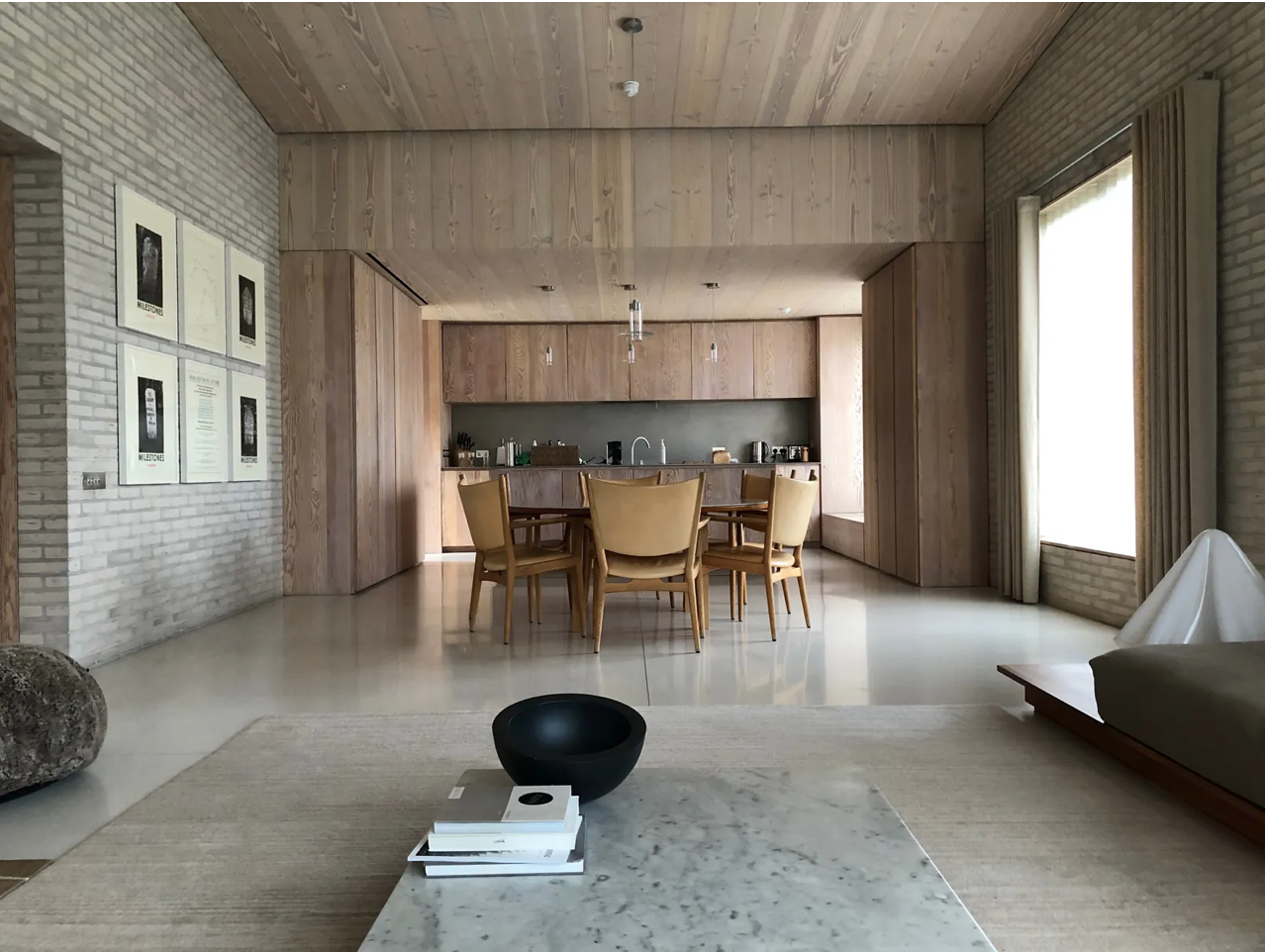

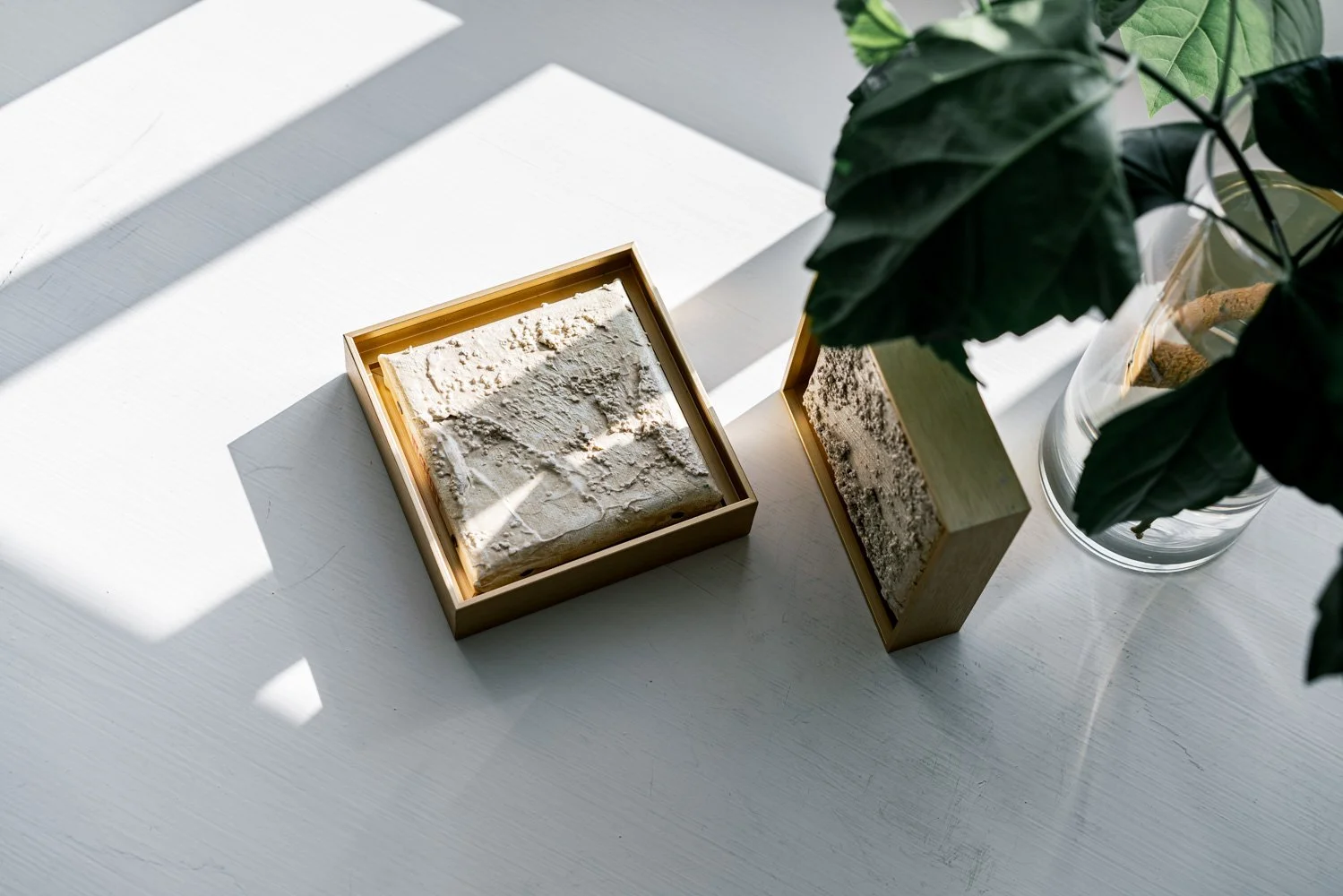
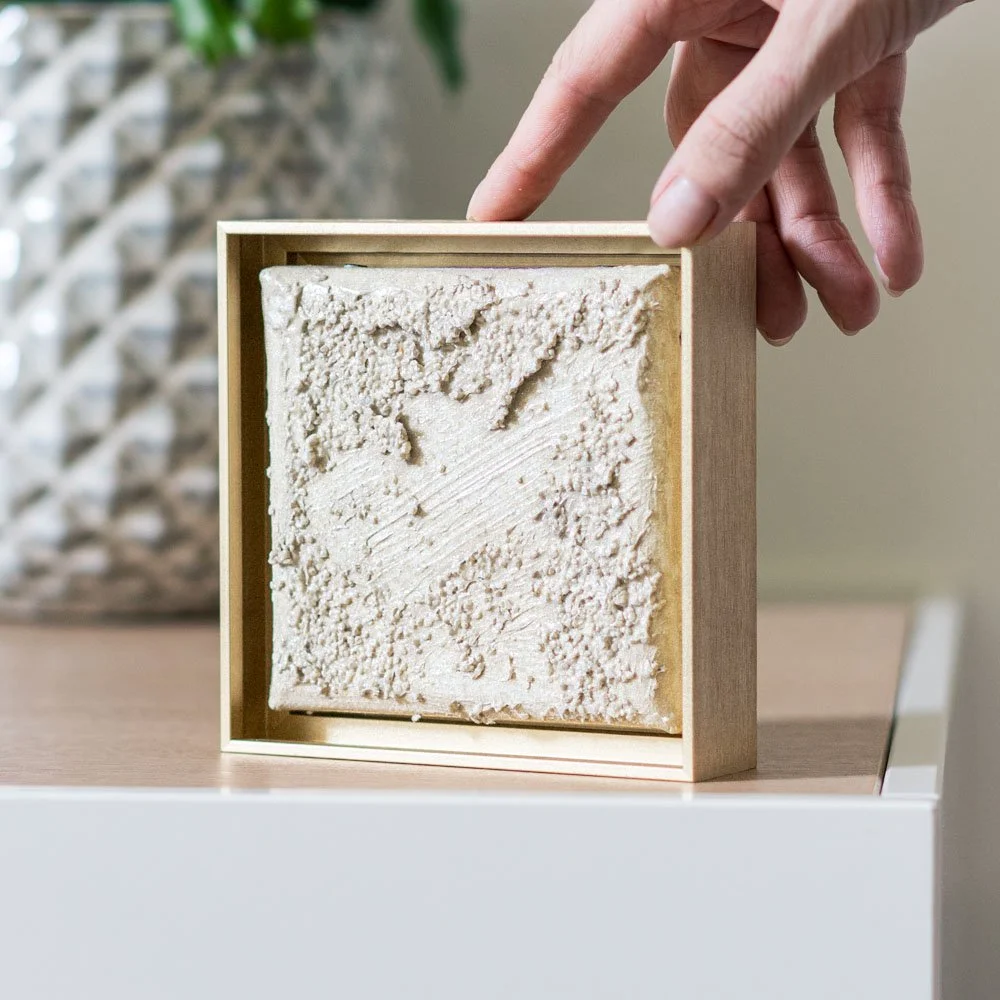
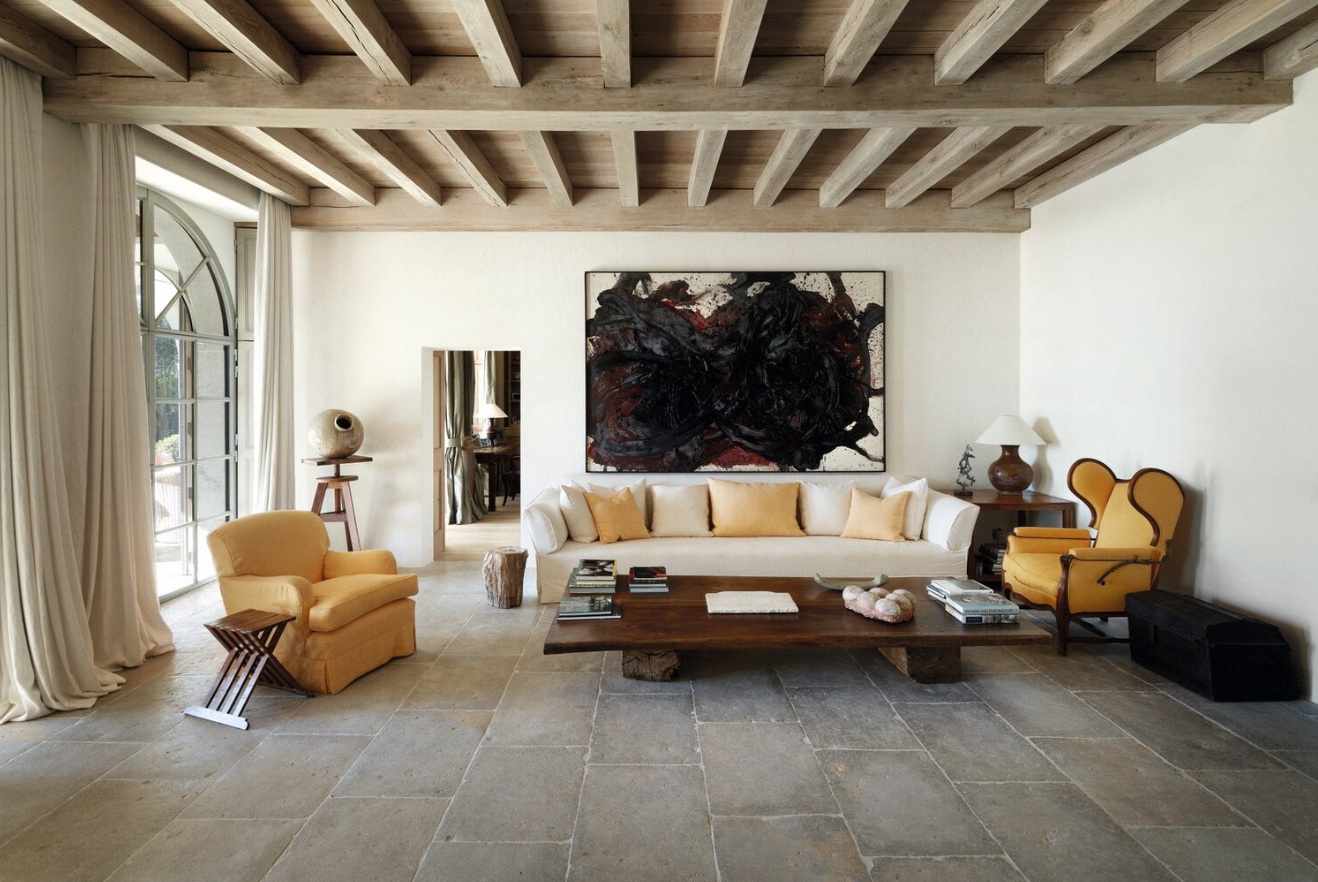


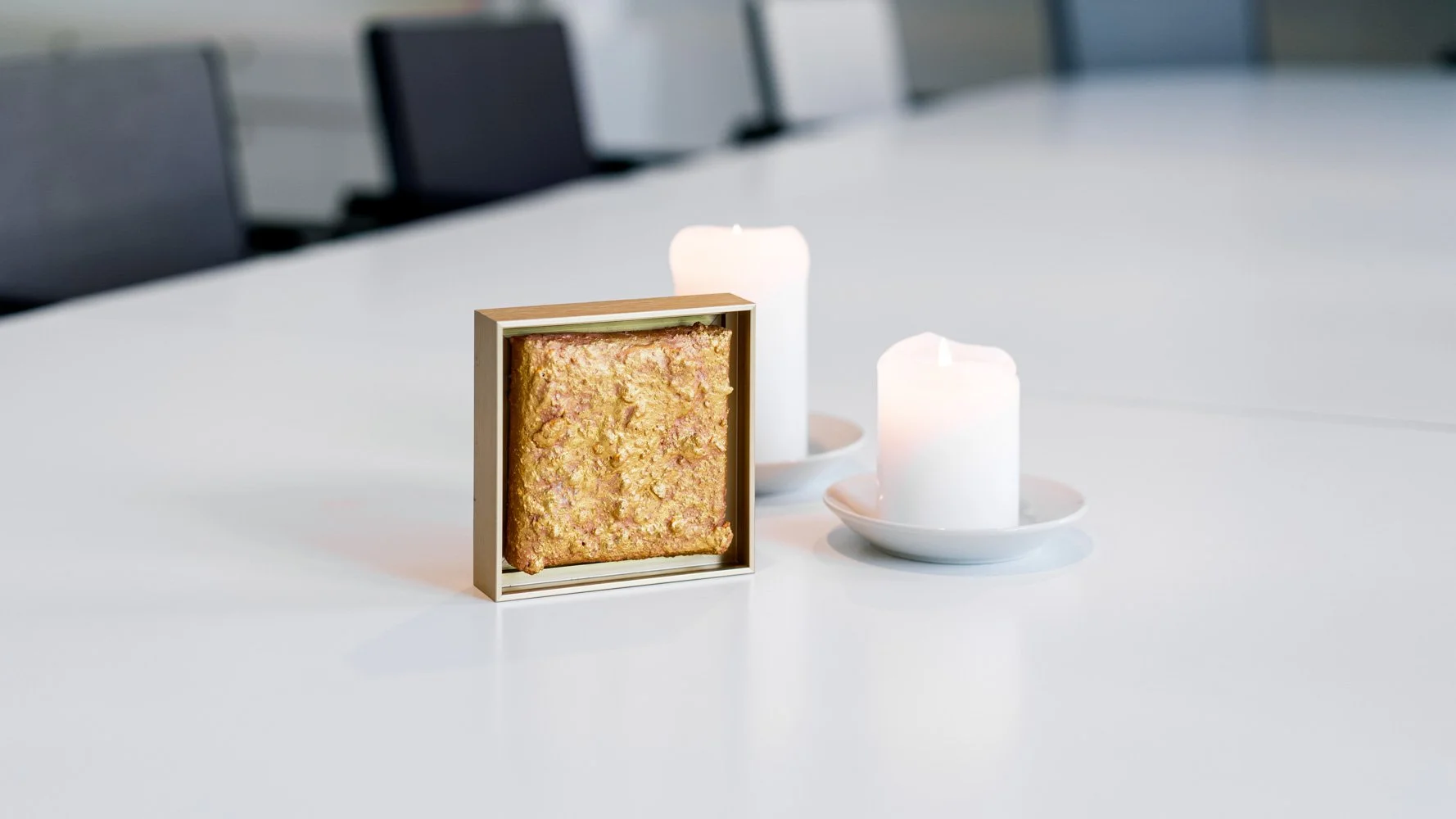
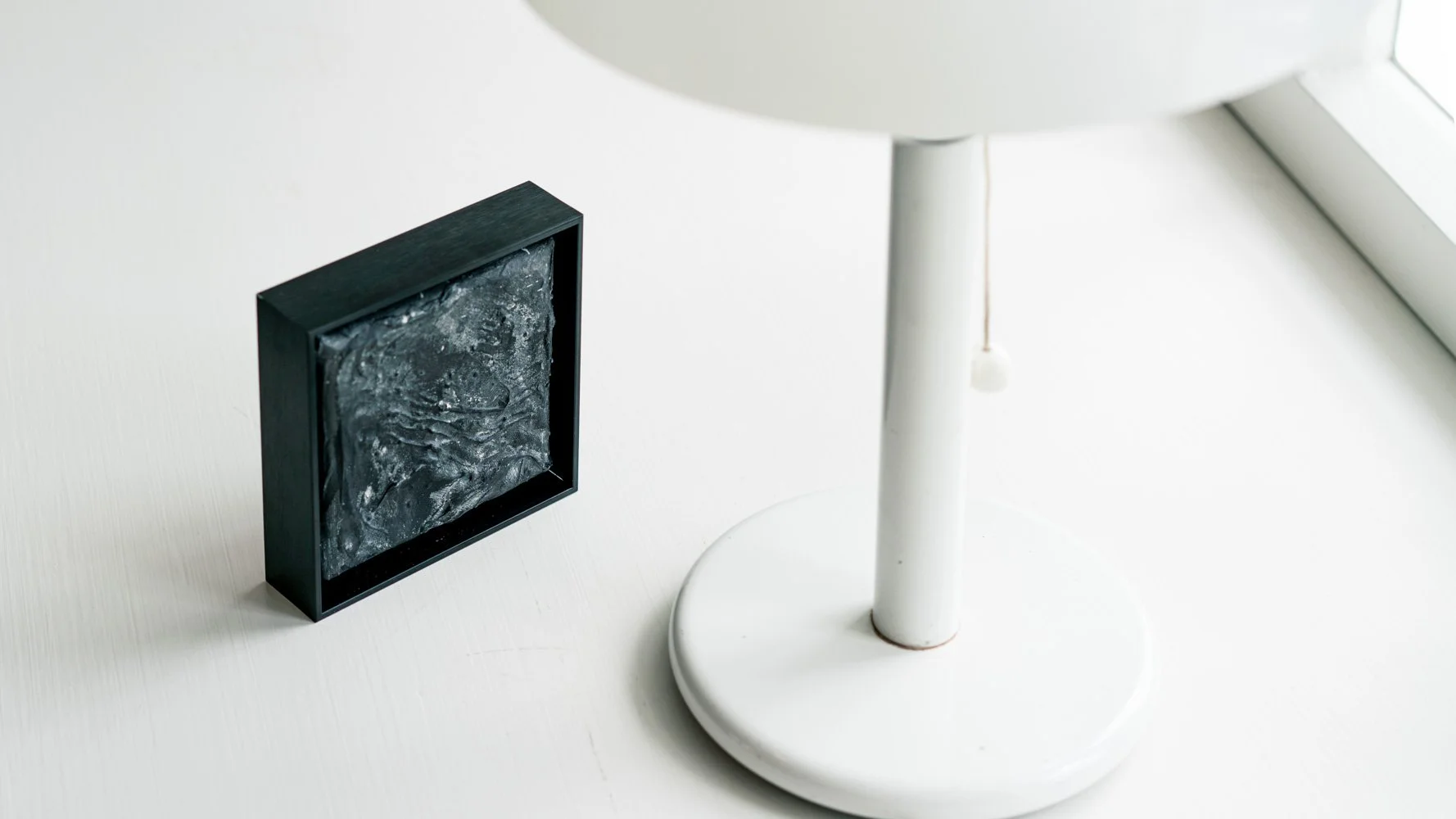


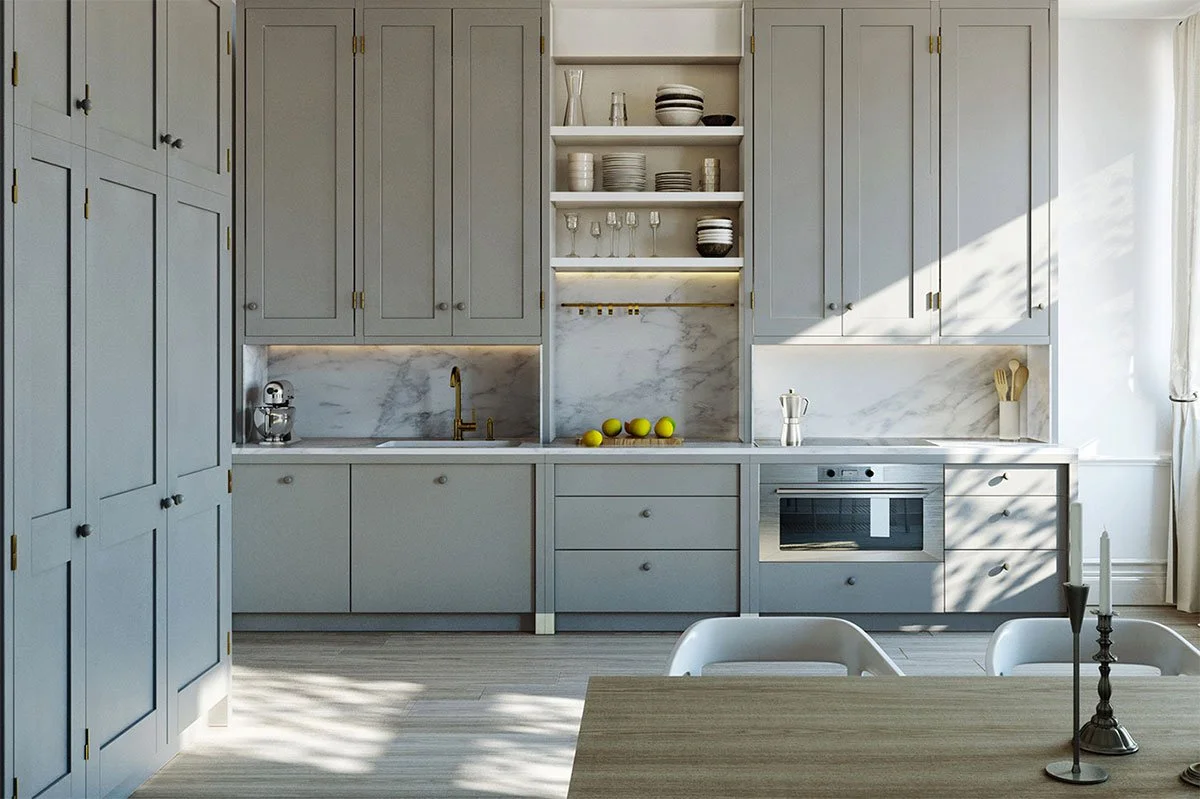
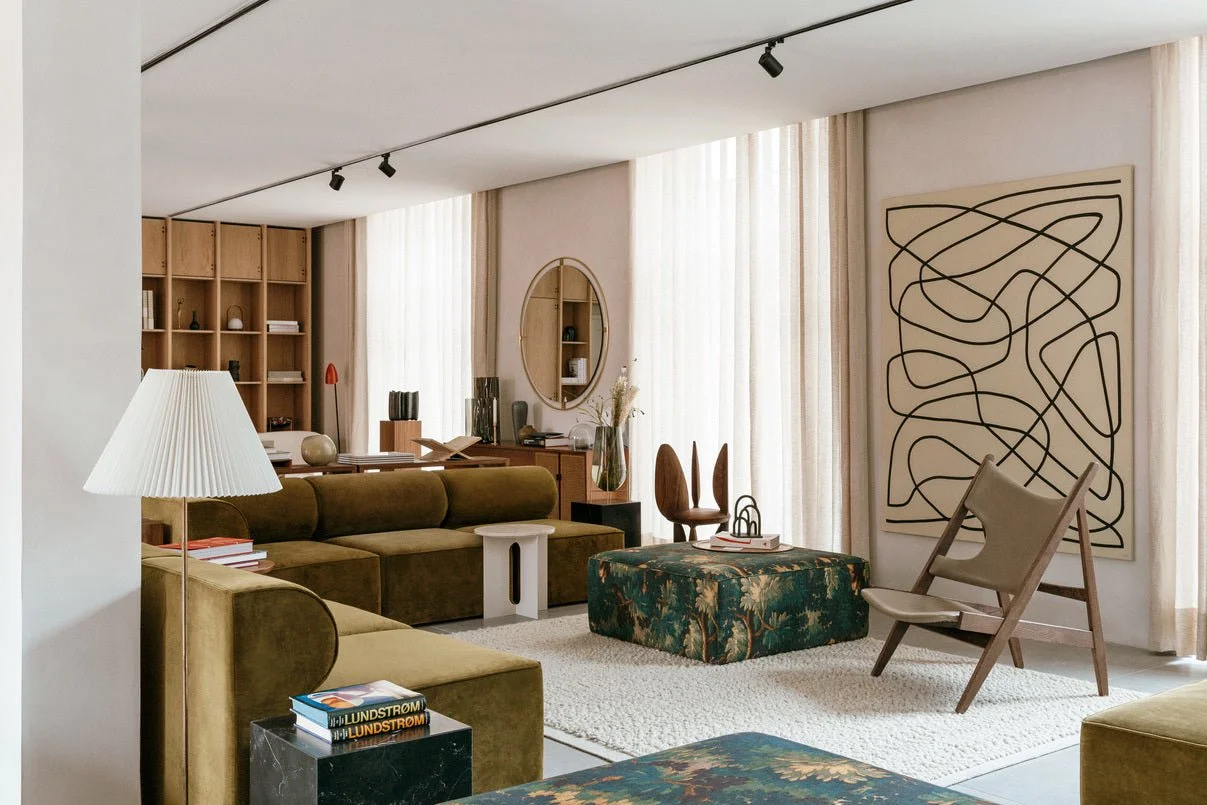









Title: Effects by fast fashion on Earth.
Materials: Biodegradable cellulose, reclaimed wood, sand from Helsinki, Natural Gold mica pigment on linen canvas.